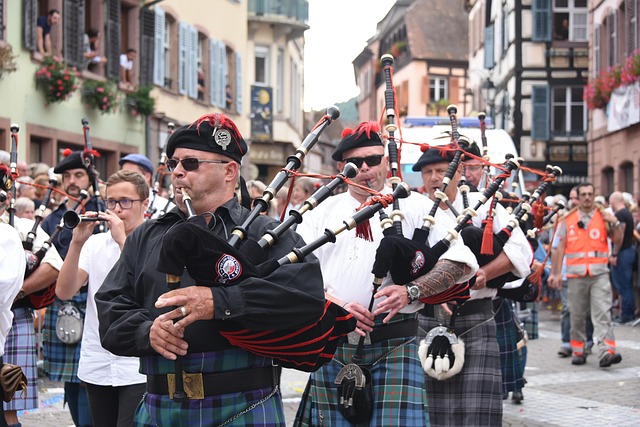Article Title:Structural and functional neural correlates of music perception
Abstract:
This review article highlights state-of-the-art functional neuroimaging studies and demonstrates the novel use of music as a tool for the study of human auditory brain structure and function. Music is a unique auditory stimulus with properties that make it a compelling tool with which to study both human behavior and, more specifically, the neural elements involved in the processing of sound. Functional neuroimaging techniques represent a modern and powerful method of investigation into neural structure and functional correlates in the living organism. These methods have demonstrated a close relationship between the neural processing of music and language, both syntactically and semantically. Greater neural activity and increased volume of gray matter in Heschl's gyrus has been associated with musical aptitude. Activation of Broca's area, a region traditionally considered to subserve language, is important in interpreting whether a note is on or off key. The planum temporale shows asymmetries that are associated with the phenomenon of perfect pitch. Functional imaging studies have also demonstrated activation of primitive emotional centers such as ventral striatum, midbrain, amygdala, orbitofrontal cortex, and ventral medial prefrontal cortex in listeners of moving musical passages. In addition, studies of melody and rhythm perception have elucidated mechanisms of hemispheric specialization. These studies show the power of music and functional neuroimaging to provide singularly useful tools for the study of brain structure and function.
Keywords: music; functional MRI; auditory cortex; Heschl's gyrus; planum temporale
DOI: 10.1002/ar.a.20316
Source:ANATOMICAL RECORD PART A-DISCOVERIES IN MOLECULAR CELLULAR AND EVOLUTIONARY BIOLOGY
Welcome to correct the error, please contact email: humanisticspider@gmail.com



